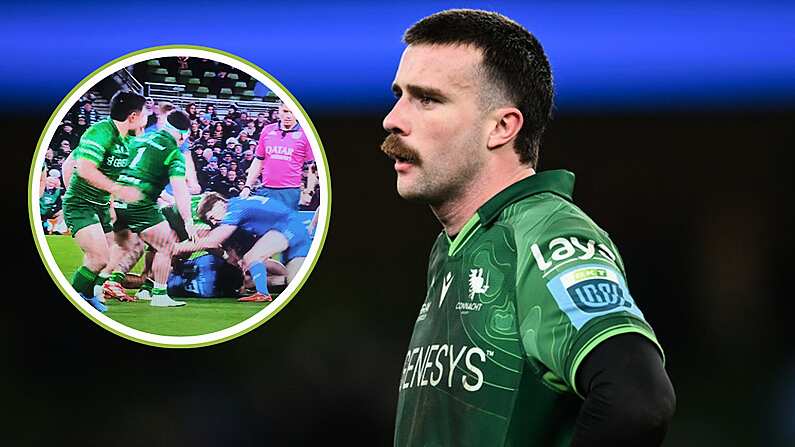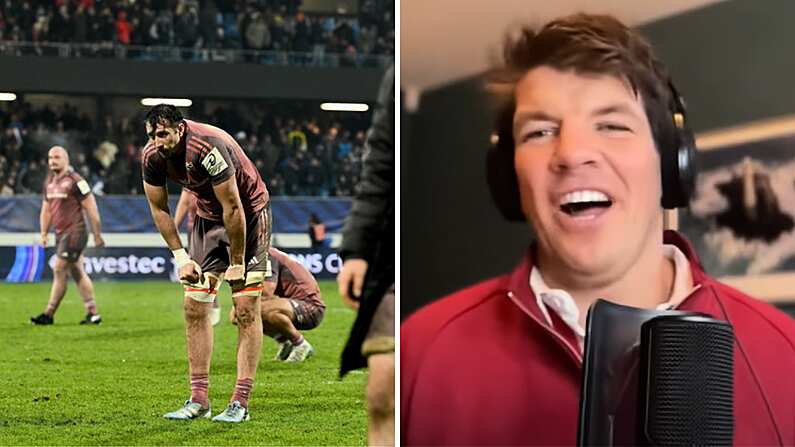Why did Sam Burgess fail in union? The much heralded rugby league star was meant to be the messiah for English rugby? Lauded in league for his physicality and brutish hits - the narrative was that Burgess was going to be the leader in the centres that England had been lacking since Will Greenwood.
But Burgess was never a centre, and never did he have the skillset to be a union centre. His main talents lie in smashing people and running straight. As Bath figured out towards the end of last season - his position should have been in the backrow.
It's not Burgess' fault that he was shoehorned into a position of supposed weakness for England. It was obvious, especially in the World Cup that Burgess wasn't suited to centre. Gordon D'Arcy even pointed it out, and was roundly criticised for using his years of experience as a centre to analyse Burgess' performance against Wales.
Burgess was a late replacement for England against Australia. It was telling that George Ford was brought on with Farrell moving to 12 ahead of Burgess at half time. There were moments against Australia that backed up D'Arcy's argument from the previous week, including the clip below that leads to Australia's third try for Matt Giteau.
It was a great piece of work from Australia, to get the ball wide and identifying front five forwards in the English defensive line. Be sure to track Burgess through the move.
If you are wondering which one Burgess is, it's this circled player several metres behind the English defensive line here:
There are several problems with Burgess, that highlight how unfamilar he is with the game in these 30 seconds.
He begins the video ahead of the ball. He realises that he needs to get back into position and thus goes into a very deep position in the back line. The ball never comes out though, through some brilliant breakdown work and Australia turn it over.
Watch the referee, Poite realises that the ball has been turned over, and the rest of the English team uses that two seconds to come forward into the defensive line. Not Burgess.
Not only does this leave England short numbers in the line, but it also exposes the front five forwards - tighthead prop Kieran Brookes and lock George Kruis. Had Burgess been more aware, he should have been in this line, and been able to shut down the Australian attack before those forwards were exposed.
Even as the play goes wide, Burgess isn't making an effort to come across and help his team. At no stage does Burgess get above a canter, and is familar with a number of examples that D'Arcy highlighted.
D'Arcy's arguments are reinforced when you re-read his article, especially the example highlighted for Dan Biggar to bring Wales back into the game.
Burgess was never given a chance to play in his rightful position in the back row. He needed longer than a year to fully learn the intricacies of the game.













